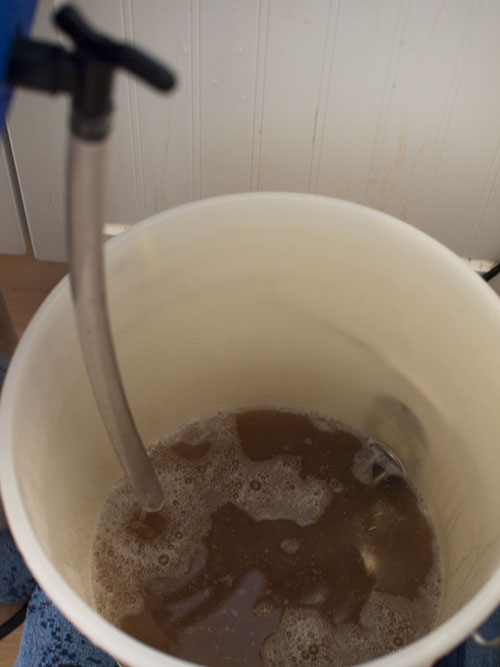Separating Wort From Grain

Earlier we looked at different types of mash tun and talked about the false bottom or manifold that allows the wort out but the grain is too large to pass through and is stopped from reaching the outlet. This is only part of the process, the manifold or false bottom is just the to stop large particles from running out the mash tun, it’s the grain and particularly the husks that are important to achieving a good run off. As you open the tap to the mash tun the wort starts running through the bed of grain compacting it, the very first running will be full of particles and flour that are the result of the crushing of the malt. As the grain bed compacts down the particles get caught in the husks and the runoff becomes clearer and debris free, it’s the grain itself that becomes the filter and a large part of lautering is controlling this flow through the grain bed to keep as much of these particles out of the wort and left in the mash tun.
Recirculating
As the first runnings come out the wort will be full of grain particles and debris, the first few litres should be drawn out into a jug and poured back into the top of the mash tun, recirculating it. Ideally we want the wort being run off to be a clear of debris as possible, after a few minutes of recirculation the wort should run relatively clear and the wort can be collected in the boiler.
